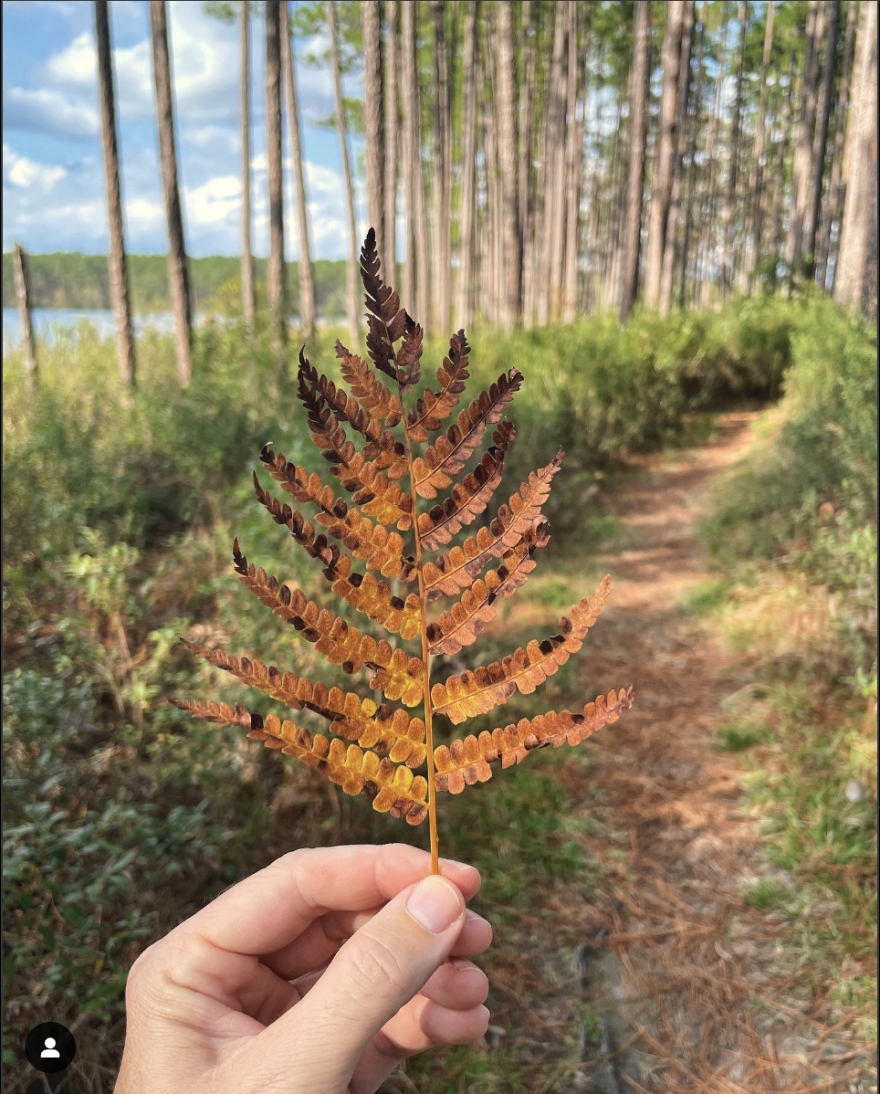September 22, 2025, at 2:19 p.m. was the official start to the fall season. As we know by now, it comes with everything pumpkin, spice lattes, and well, for most of Florida, still with heat. However, weather patterns will eventually start to shift more frequently. Although not as pronounced as those experienced by our friends up north, Florida does undergo some changes in leaf color. The color changes and falling leaves are highly dependent on the weather and the weather extremes.
The timing of peak foliage varies from year to year, and for most of the United States, peak fall color typically arrives in October. It usually begins in September and lasts through November, with the start, peak, and end dates varying according to several factors, including rainfall and temperature. Climate change is playing a significant role not only in the timing but also in the fact that leaves are no longer changing colors.
Cool nights are one of several factors that contribute to the development of colorful leaves. According to Climate Central, a nonprofit organization focused on climate change and its impacts, fall nights have warmed by an average of 2.7°F in 212 U.S. locations from 1970 to 2023.
A beautiful Florida fall... 🍂🍁 #fgcu #fall pic.twitter.com/FkSaZN0pu0
— Florida Gulf Coast University (@fgcu) November 6, 2024
Reduced daylight exposure can trigger the shutdown of photosynthesis. Cold temperatures also trigger the plants to shut down. When temperatures stay warmer than usual for longer, it delays these cool cues and generally (though not always) leads to later and shorter peak fall foliage periods.

The fall display also signals the end of the growing season — a critical time for forest ecosystems. However, the conditions that trigger fall color each year are shifting due to climate change, potentially disrupting the ecological and economic value associated with fall foliage.
While average rainfall and sufficient ground moisture bring out brighter leaf color changes, a lack of rain puts stress on trees and may cause the leaves to fall earlier. We know that temperatures and precipitation are linked. In a warming world, precipitation extremes become more likely, which could impact fall foliage displays.
During October, vast swaths of the Northeast, Midwest, and Western states are aglow with bright fall foliage, and more than 80% of travelers make their fall foliage trips. Some less-populated regions will peak in September (August in northern Alaska), while the southernmost states hold off until mid-November.

The difference between the foliage of higher and lower latitudes.
Across latitudes greater than 50°N , declining winds lead to a later leaf fall. Meanwhile, in lower latitudes, between 25°N and 40°N, where days are longer, the leaves are more sensitive to the temperature change than in the fall months with less daylight.

Florida's foliage
If you’re looking for some spots that may only require a few hours' car ride, here is a list of some of Florida's favorite spots for fall foliage:
Torreya State Park (1 hour from Tallahassee) is the most famous place in Florida for seeing fall foliage. It’s located on the southernmost edge of the Appalachian Mountain Range, and it has the altitude necessary to observe changes in its flora. Southern sugar maple, sweetgum, and sourwood trees start to turn in late October. The park is named for a scarce species of Torreya tree that grows only on the bluffs along the Apalachicola River. It is also known for its high plateaus, cliffs, and deep ravines, as well as its hardwood forests of southern sugar maple, sweetgum, and sourwood trees, which burst with autumnal colors.

Falling Waters is best known for its falling waters (hence the name). Trails lead to a boardwalk overlooking a 74-foot waterfall, the highest in Florida, and there are hikes over rolling hills and a 100-foot-deep sinkhole with a cave at the bottom. But there are also brightly-colored leaves this time of the year.

Edward Ball Wakulla Springs State Park, located in Wakulla Springs, south of Tallahassee, is rich in cypress swamps and historic sites, and home to one of the world's largest and deepest freshwater springs. The park is featured in the 1954 film "Creature of the Black Lagoon" and the 1941 film "Tarzan’s Secret Treasure." The park offers sights of red sugar maples, the tan leaves of beech trees, and beautyberry bushes that turn purple in cooler weather.

Ormond Scenic Loop and Trail in Ormond Beach, which is north of Daytona Beach, offers 30 miles of old Florida beauty in a double loop that goes through four state parks and six local parks for a breathtaking view of red maples, pignut hickory trees, and oaks along creeks, marshes, beaches, and the Halifax River. It is a popular trail for locals and cycle enthusiasts.

Flying Eagle Preserve is an area of nearly 11,000 acres in Inverness near Orlando that has 22 miles of multi-use trails, lakes, fishing, marshes, and more. Hardwoods and cypress trees start to change in late October. This area is a site on the Great Florida Birding and Wildlife Trail.
And if you live in South Florida, you can get a nod from Mother Nature as well. While the leaves won’t turn vibrant orange and red, the fall season is ushered in with the arrival of the graceful and fluffy purples of muhly grass.
The colors of fall don't arrive as vibrant orange and red leaves in South Florida. Instead, the arrival of fall is heralded by the graceful and fluffy purples of muhly grass.
— Everglades National Park (@EvergladesNPS) November 7, 2024
To learn more visit: https://t.co/rEgxxgoYrG.
NPS Photo by L.Velarde pic.twitter.com/NGgMAfHruj
Muhly grass is most apparent in the fall, when delicate purple flowers blanket the foliage. The Everglades were dubbed the "River of Grass" by author and environmentalist Marjory Stoneman Douglas in 1947 to describe the slow movement of shallow sheet flow through sawgrass marshes across South Florida.













